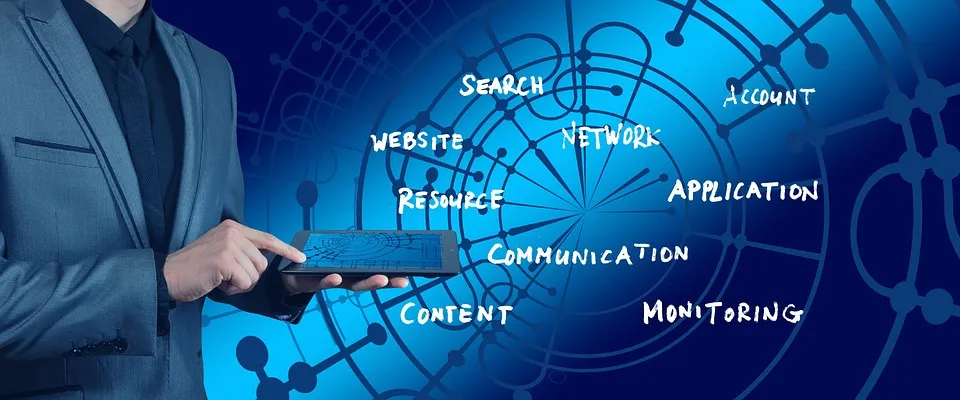In today’s fast-paced digital landscape, the ability to communicate instantly is not just a convenience; it’s a necessity. Real-time web applications have emerged as pivotal tools in this transformation, enabling instantaneous interactions across various platforms. This article explores how real-time web applications are reshaping modern communication, their underlying technologies, their benefits, and their impact on different aspects of life and work.
Understanding Real-Time Web Applications
Real-time web applications leverage web technologies to facilitate immediate data exchange between users. Unlike traditional web applications that require users to refresh or reload pages to see new information, real-time apps maintain a continuous connection. This allows for seamless updates, whether users are sending messages, sharing files, or collaborating on projects.
Key Technologies Behind Real-Time Communication
- WebSockets: This protocol provides full-duplex communication channels over a single TCP connection. WebSockets enable real-time interaction by allowing data to be sent and received simultaneously.
- Server-Sent Events (SSE): Unlike WebSockets, which allow bi-directional communication, SSE is used for one-way communication from server to client. It’s particularly useful for applications that need to send updates, like notifications or live feeds.
- Long Polling: This technique involves the client making a request to the server, which holds the request open until it has new information to send back. While not as efficient as WebSockets, it’s a fallback method for supporting real-time updates.
- Real-Time APIs: Many applications now provide APIs that support real-time capabilities, allowing developers to build custom solutions that meet specific communication needs.
Benefits of Real-Time Web Applications
1. Enhanced User Engagement
Real-time web apps significantly improve user engagement. Instant notifications and updates keep users informed and involved, whether in social media, online gaming, or collaboration tools. The immediacy of these interactions fosters a sense of community and connection.
2. Improved Collaboration
In professional settings, real-time applications enhance collaboration by enabling teams to communicate effectively regardless of their physical locations. Tools like Google Docs and Microsoft Teams allow multiple users to work on the same document simultaneously, providing instant feedback and fostering teamwork.
3. Quick Decision-Making
The speed of real-time communication allows organizations to make decisions faster. With immediate access to information and input from team members, businesses can respond to challenges and opportunities swiftly, increasing agility and competitiveness.
4. Greater Accessibility
Real-time web applications break down geographical barriers, enabling individuals from different parts of the world to connect instantly. This is particularly valuable in today’s globalized workforce, where teams may be spread across continents.
Transforming Personal Communication
1. Strengthening Relationships
Real-time web apps play a crucial role in maintaining personal relationships. Messaging platforms like WhatsApp and video conferencing tools like Zoom allow friends and family to connect instantly, share experiences, and support each other despite physical distances.
2. Instant Sharing of Moments
Social media platforms enable users to share life events in real time. Whether it’s a birthday celebration or a significant milestone, users can post updates, photos, and videos, allowing their networks to join in the celebration instantly.
3. Support Networks
For individuals seeking support, real-time communication platforms provide avenues for connection. Online support groups and forums allow people to share experiences and receive immediate feedback, creating a sense of belonging and community.
Shaping Professional Communication
1. Facilitating Remote Work
As remote work becomes increasingly common, real-time web applications are essential for maintaining productivity and communication. Tools like Slack and Trello help teams stay connected, share updates, and track progress in real time.
2. Enhancing Customer Interaction
Businesses are using real-time communication tools to engage with customers directly. Chatbots, live chat support, and social media interactions allow companies to respond to inquiries instantly, improving customer satisfaction and loyalty.
3. Training and Development
Real-time applications are also transforming training and development. Virtual classrooms and live webinars enable interactive learning experiences, allowing participants to ask questions and engage with instructors instantly.
Challenges of Real-Time Communication
Despite their numerous benefits, real-time web applications also present challenges. The expectation for immediate responses can lead to stress and burnout, as users feel pressured to be constantly available. Additionally, managing the flow of information can be overwhelming, making it difficult to prioritize tasks.
Managing Information Overload
To mitigate these challenges, users and organizations must establish guidelines for communication. Setting boundaries, such as designated “do not disturb” times, can help manage expectations and reduce stress.
Ensuring Security and Privacy
With the increased connectivity of real-time web applications comes the need for robust security measures. Protecting sensitive information from data breaches and ensuring user privacy are paramount. Organizations must invest in secure platforms and educate users about best practices.
The Future of Real-Time Communication
As technology continues to evolve, the capabilities of real-time web applications are expected to expand further. Innovations such as augmented reality (AR) and virtual reality (VR) are beginning to integrate with real-time communication, promising to create even more immersive experiences.
Conclusion
Real-time web applications are undeniably shaping modern communication, enhancing connectivity, collaboration, and engagement in both personal and professional contexts. While challenges exist, the potential for these applications to transform how we interact is immense. By embracing these tools and addressing the associated challenges, individuals and organizations can harness the power of instant connectivity, ultimately leading to more meaningful interactions in an increasingly digital world.
In navigating this ever-changing landscape, the key will be to leverage the benefits of real-time communication while maintaining balance and security, ensuring a positive experience for all users.
4o mini
To stay up to date with the latest news and trends, To learn more about our vision and how we’re making a difference, check out OC-B by Oort X Media.





